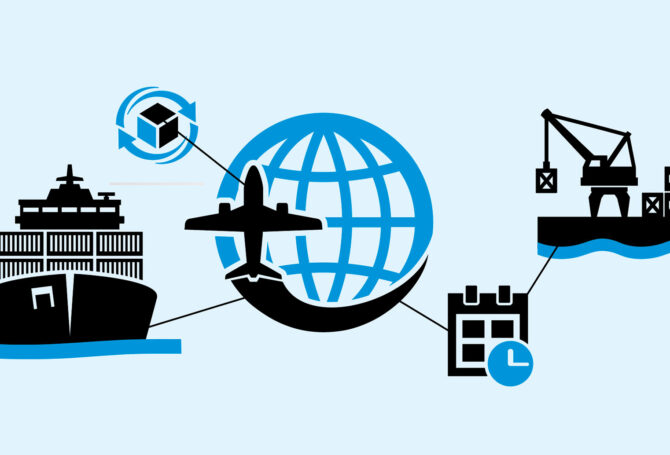
Some Popular Areas Could Become Too Unlivable to Survive
Congress has passed climate change legislation touted as transformational. However, it may not be enough to blunt climate change conditions that result in massive migration, according to Gaia Vince, author of Nomad Journey – How Climate Migration Will Reshape Our World.
As NPR host Scott Simon summarized her new book’s thesis: “Large regions of the world are becoming unlivable – lethal for 3 to 5 billion of us. We can survive, but to do so will require a planned and deliberate migration of the kind humanity has never before undertaken. We already know which communities will need to relocate by 2050.”
Vince, an award-winning British environmental journalist, told Simon: “It’s pretty shocking, isn’t it? But if you look at the climate projections and if you look at our globe, temperatures are just going to become too hot, unbearably hot, for parts of the year. Sea level rise will cause too much erosion from huge, extreme storms.”

Gaia Vince, an award-winning author, predicts in her latest book that chunks of the United States may become unlivable as early as 2050, forcing massive climate migration, most likely back to northern states with cooler climates and water.
Climate change mitigation won’t be enough, Vince asserts. People will need to migrate. “We’re starting to talk about adaptation, about changing the way we live to adapt to this much hotter world,” she explained. “Well, what we’re not talking about is that for huge numbers of people, there is no way to adapt. They’re going to have to move as well.”
On Simon’s show, Vince said, “Places like New Orleans, its lifespan is limited. It will be flooded increasingly. And we’re going to start seeing these a sort of climate apartheid where the poorest and most disadvantaged people in society are the worst impacted by climate effects. So, we can do something about that with policy, but we need to plan for it.”
Her warning evokes a picture of people who moved from northern cities to Florida, Texas and Arizona to escape ice and rain moving back to escape heat and floods – except on an even larger scale. Scenes of apocalyptic Pakistani flooding that has left 1,100 people dead and one-third of the country underwater kindle the prospect Vince predicts.
Vince says some planning for reverse migration is underway. “Canada is already planning on tripling its population over the next few decades. And it’s doing that through immigration and, as part of that, has programs for integration,” she told Simon. “And it’s planning demographically where it will need more schools, hospitals and so on to make it work.” This is little evidence to suggest that kind of planning is underway in states like Florida, Texas and Arizona or in hollowed out Rust Belt states.
Significant migrations have occurred before in the United States. Freed Black slaves left plantations to head north. Farmers left the Midwest after the Dust Bowl to find kinder weather conditions in the West. Exhausted urban dwellers decamped to leafier suburbs. Northerners fed up with shoveling mounds of snow sought the warmer climes of Florida and the Southwest. Voters discontented with the politics of their home state have voted with their feet by moving to places filled with people of like mind.
But these migrations took decades to unfold and typically resulted from personal circumstances and choices – to take a better job, find more opportunity, live the good life. What Vince describes is more like a community breakout to escape unbearable – and possibly unlivable – circumstances. And the migrants aren’t just men, women and children with US citizenship.
While massive reverse migration might be good news of a sort to the Rust Belt and depopulated rural areas, it also is likely to be a disconcerting prospect that would require major investment in infrastructure, housing and schools for areas with already battered budgets.
The upheaval caused by a significant reverse migration would be more politically destabilizing than the mass migration to the United States from Central America. Deep political divisions would pose an obstacle to broad inter-regional planning and collaboration to plan for a migration of climate refugees. A lot of egos could get bruised and public budgets battered.
Vince’s prediction, especially with such a precise starting date, is bound to face ridicule from climate change skeptics and certain political quarters and be dismissed by those who find it too distressing to contemplate.
The upheaval caused by a significant reverse migration would be more politically destabilizing than the mass migration to the United States from Central America.
The early-adopter migrants could be people with the economic freedom and the ability to move at will to work and live anywhere they want. For them, adaptation could be as simple as a plane ticket and a moving van. For most place-bound Americans who suddenly see their place disintegrate in heat or disappear in floodwater, adaptation will be more alarming and difficult. And they may have fewer resources to tap for a physical change, even if it is to retrace their former footsteps back to their original homes.




